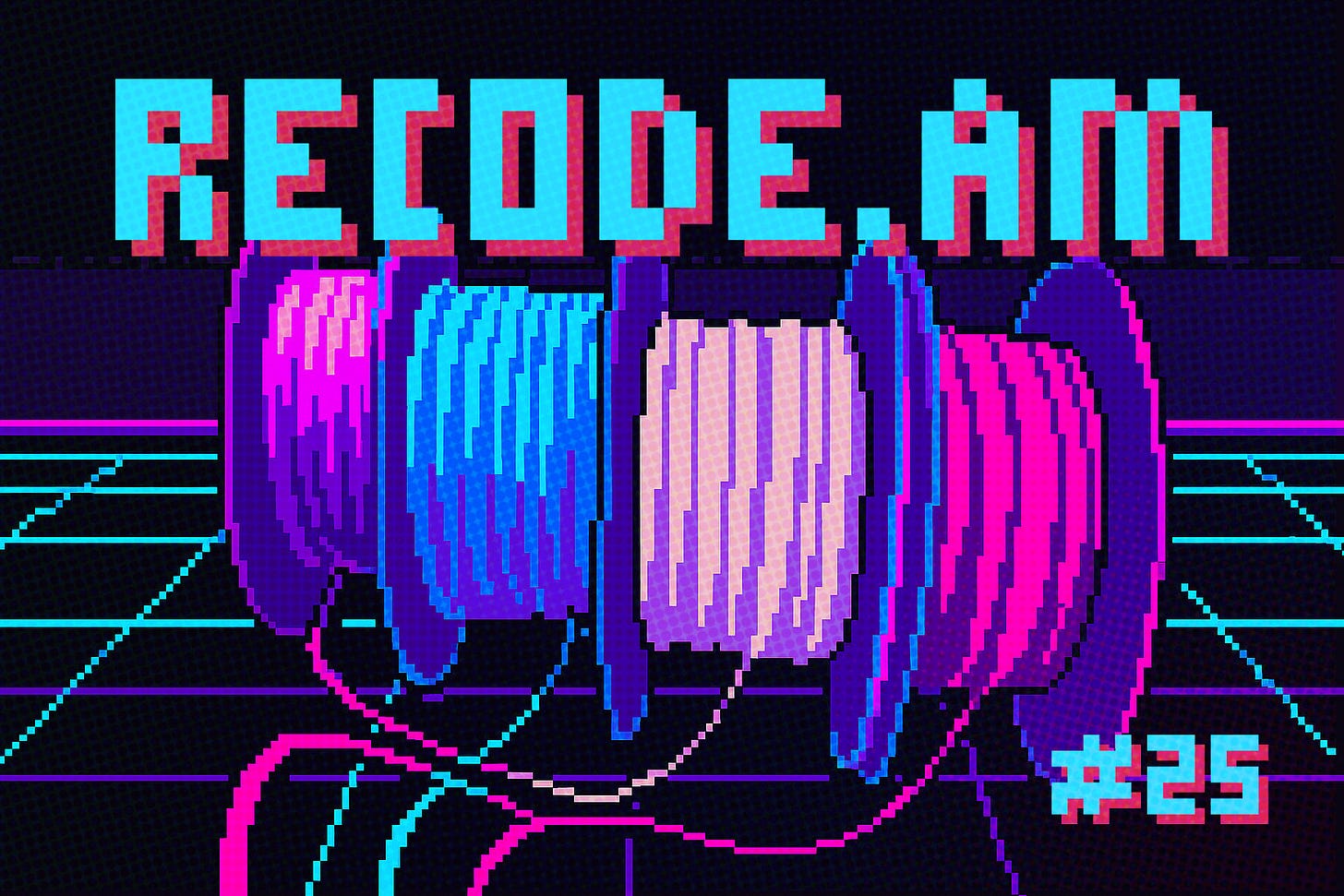How to build a modern material database for 3D printing
RECODE.AM #25
The idea of digital material libraries in 3D printing has always been extremely appealing. You simply select a filament from a list, and the system automatically assigns it optimal print parameters, realistic simulation data, and guaranteed part quality.
In practice, however, this promise does not always hold true.
It often happens that even when using the same material from the same production line, the results of two prints differ significantly.
Such experiences expose a fundamental problem - the gap between digital data and the actual physical properties of materials, known as the Digital-Physical Property Gap.
In the context of industrial 3D printing, this gap becomes one of the main factors limiting reliability, repeatability, and scalability. Solving this issue is crucial to move from the realm of prototyping or hobbyist production to true serial manufacturing.
Sources of the Gap
The primary source of discrepancy between the digital model and the real-world behavior of a printed part is the natural variability of materials. Even for filaments coming from the same manufacturer, differences between production batches can be significant.
A slight change in viscosity, melt flow index, or pigment content can affect layer adhesion, melting temperature, or flow rate through the nozzle.
Such deviations, often imperceptible to the user, in practice translate into variations in the microscopic structure of the print and consequently in its mechanical properties.
Another key factor is the material’s history and storage conditions. Polymers are highly sensitive to moisture, and many of them - such as nylon or PET-G - absorb water from the environment in quantities sufficient to dramatically change their printing behavior.
A moist filament produces bubbles in the structure, weakens interlayer bonding, and leads to surface irregularities. On top of that comes thermal degradation - repeated heating in the extruder during long prints shortens polymer chains and reduces final strength.
The third dimension of the gap is hardware-related. The final properties depend not only on the material itself but on the entire system: printer, hotend, nozzle geometry and wear, cooling quality, and bed calibration.
The same filament can behave completely differently on two different machines - requiring different temperatures, speeds, or even retraction values. As a result, the concept of a universal “material library” begins to lose its meaning.
Consequences of the Gap
The most visible consequence of the digital-physical gap is unreliable simulation. Engineers designing components using FEM models usually rely on library data that describe materials in an averaged and theoretical manner. When the physical part is printed, it often turns out that its real tensile strength or elastic modulus deviates from the assumed values.
These differences can reach tens of percent, which in technical applications is, of course, unacceptable.
The second consequence concerns repeatability. The printer may be precise, and the process may be well controlled, yet the result of the next print differs from the previous one.
Variations between filament batches, environmental conditions, or subtle differences in cooling lead to a situation where the same file does not yield the same results.
In the context of serial production, such variability is simply not acceptable.
The third consequence is the phenomenon of over-engineering. Aware of the uncertainty, engineers introduce additional safety factors, increase wall thicknesses, and add ribs and infill to “compensate” for the material’s unpredictability.
This leads to parts that are heavier, more expensive, and less efficient. Instead of taking advantage of the strengths of 3D printing, designers act conservatively - because they lack reliable data.
Strategies for Closing the Gap
Managing the digital-physical gap requires a shift in approach. The first step is more accurate material characterization. Instead of relying on single values such as tensile strength, one should use statistical distributions.
A material library should include not only typical values but also minimum and maximum ranges derived from testing multiple production batches.
The second pillar is internal verification. Every new batch of filament should be calibrated through simple in-house tests. Printing a few standard samples and quickly analyzing them - using simple tensile tests or surface quality assessments - is often enough.
The most advanced step is establishing a closed data loop. Thanks to the development of sensors, IoT systems, and data analytics, it is now possible to monitor process parameters in real time and correlate them with the mechanical performance of finished parts.
Machine learning can analyze massive datasets to detect which combinations of printing parameters and environmental conditions for a given batch of material yield the best results. Over time, the system learns to compensate for material variability and adjust print settings predictively.
But the problem will never disappear entirely - polymer materials are inherently variable and sensitive to environmental influences.
However, instead of treating this variability as a flaw, it should become part of a broader process knowledge management system.
The evolution of 3D printing software should move toward active material managers that not only provide data but also analyze, update, and predict their impact on the manufacturing process.
The ultimate goal is a transition from the concept of “global settings” to “context-aware settings,” where each material profile is dynamic and tailored to its specific context - a particular filament batch, a specific printer, and even environmental conditions.



